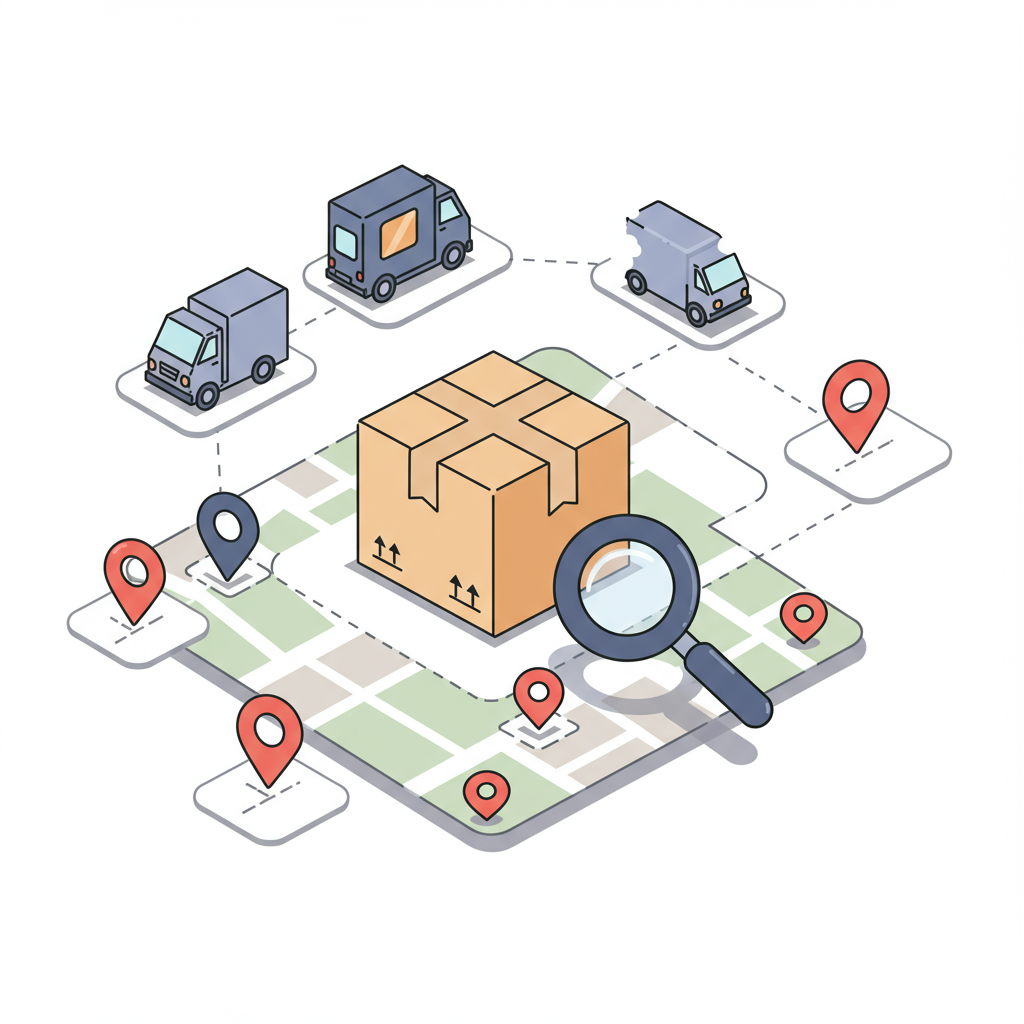Elevate your customer experience and streamline post-purchase operations with advanced order tracking integrations.
As a Shopify merchant, I’ve learned that the journey doesn’t end when a customer clicks “buy.” In fact, that’s often just the beginning of a new phase: order fulfillment and delivery.
One of the most critical aspects of this post-purchase experience, in my opinion, is robust order tracking. It’s not just a nice-to-have; it’s a fundamental expectation in today’s e-commerce landscape.
Think about it from your customer’s perspective. Once they’ve made a purchase, their excitement quickly turns into anticipation. They want to know where their package is, when it will arrive, and if there are any unexpected delays.
Providing clear, accessible, and real-time tracking information builds immense trust. It reassures your customers that their order is on its way and that you’re committed to a transparent delivery process.
Beyond customer satisfaction, effective order tracking significantly reduces the dreaded “Where Is My Order?” (WISMO) inquiries that can flood your customer support channels. This frees up your team to focus on more complex issues.
Shopify does offer some basic built-in tracking capabilities. When you fulfill an order and add a tracking number, customers receive an email with a link to the carrier’s website.
However, I’ve found that this native functionality often falls short for a truly premium customer experience. It typically redirects customers away from your store, breaking the branded journey.
The information provided can also be generic, lacking the detailed updates or proactive notifications that modern shoppers expect. This is where third-party order tracking integrations become invaluable.
These specialized solutions are designed to elevate your post-purchase experience by offering a suite of advanced features that Shopify’s native system doesn’t.
One of the biggest advantages is the ability to create a branded tracking page directly on your Shopify store. This means customers stay on your domain, reinforcing your brand identity throughout the entire delivery process.
Imagine a tracking page that matches your store’s colors, logo, and messaging. It transforms a utilitarian function into another touchpoint for brand engagement.
Many of these integrations also provide proactive notification capabilities. This means you can automatically send email or SMS updates to customers at key delivery milestones, such as “In Transit,” “Out for Delivery,” or “Delivered.”
This level of communication is incredibly powerful. It keeps customers informed without them having to constantly check a tracking link, reducing anxiety and improving their overall experience.
Another crucial feature is multi-carrier support. If you ship with various carriers – USPS, FedEx, UPS, DHL, or even regional couriers – a good tracking solution will consolidate all tracking information into one unified interface.
This eliminates the need for customers to figure out which carrier is handling their package and then navigate to that specific carrier’s website. Everything is streamlined for their convenience.
Beyond customer-facing benefits, these integrations often come with powerful analytics. You can gain insights into delivery performance, identify common shipping issues, and even track transit times for different regions or carriers.
So, how do you choose the right order tracking integration for your Shopify store? It largely depends on your specific needs, budget, and the volume of your orders.
Most integrations come in the form of Shopify apps, which are relatively easy to install and configure. For larger businesses with custom needs, some solutions offer API access for deeper integration.
Let me share a few popular options that many Shopify merchants, including myself, have found beneficial. AfterShip is often considered a leader in this space.
AfterShip offers comprehensive tracking across hundreds of carriers, branded tracking pages, automated notifications, and even returns management features. It’s a robust all-in-one solution.
Then there’s Trackr, another strong contender. It focuses on providing a seamless tracking experience with custom branding, email notifications, and a user-friendly interface.
ParcelPanel is gaining popularity for its focus on visual tracking and detailed analytics. It allows you to embed tracking widgets directly onto your product pages, enhancing transparency even before purchase.
And of course, 17TRACK, while primarily a public tracking website, also offers integration options for merchants looking for a reliable, multi-carrier tracking solution.
Once you’ve chosen an app, the implementation process is usually straightforward. You’ll typically install it from the Shopify App Store, connect your shipping carriers, and then customize your tracking page.
You’ll want to spend some time configuring the notification settings to ensure customers receive timely and relevant updates. Personalize these messages to maintain your brand voice.
Remember to clearly communicate to your customers where they can find their tracking information. Include the link in order confirmation emails and shipping notifications.
My best advice is to be transparent. If there’s a delay, let your customers know proactively. A good tracking system helps you identify and communicate these issues before they become complaints.
The investment in a quality order tracking integration pays dividends in reduced support tickets, increased customer satisfaction, and ultimately, higher customer retention rates.
Happy customers are repeat customers, and a smooth post-purchase experience, powered by excellent tracking, is a key driver of that loyalty.
It also provides an opportunity for subtle upselling or cross-selling on your branded tracking page, turning a utility into a marketing asset.
I truly believe that integrating a robust order tracking solution is one of the most impactful improvements you can make to your Shopify store’s customer experience.
What are your thoughts on the importance of order tracking for e-commerce businesses? I’d love to hear your perspective.
By taking control of the post-purchase journey, you’re not just delivering products; you’re delivering peace of mind and building lasting relationships with your customers.






